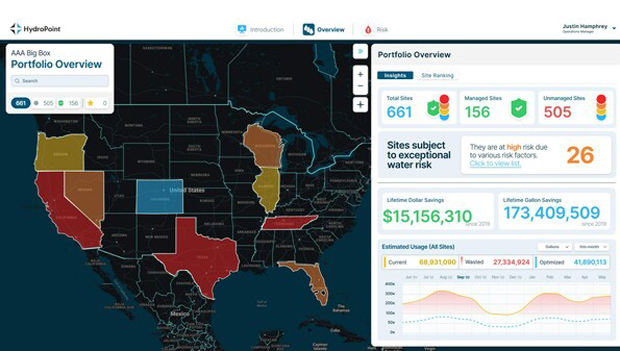
Successful lawn care operators (LCOs) know how to use their labor force efficiently and effectively. Granular and foliar combination products check both boxes in a single pass.
Healthy turf resists environmental stress and remains in top form throughout the growing season. Therefore, the long-term health and vibrancy of residential and commercial clients’ turf hinges on the right blend of a combination fertilizer product.
“From an applicator’s standpoint, any time I can use a combined product in our schedule, I’m going to be more efficient,” says Aaron Suttenfield, lawn care coach and founder and CEO of Mount Holly, N.C.-based RDS Lawn Care, which provides lawn care applications to around 1,300 clients.
Suttenfield uses a “three-legged stool” analogy when building a program with combination products. One leg shows an LCO’s agronomic understanding of the needs and issues. Another is the client’s expectations and price threshold for results. The final leg is the product strategy required to support the first two legs.
Assess Needs

Before you apply any product, a soil test is the most effective way to assess turf’s deficiencies and needs. However, this isn’t always a practical strategy for LCOs with an extensive portfolio of clients.
“If you take enough soil tests in a given region, you can find the general trends,” says Jeff Atkinson, director of agronomy for Harrell’s. “(A broader sampling of tests) will tell you if an area’s soil has a low pH or if there are low calcium or phosphorus levels.”
A different approach is required when determining pest pressure with turf nutrition. Successful LCOs know their local agronomic history and develop their application strategies accordingly.
“Wherever you are located, weeds are going to be an issue,” Atkinson adds. “So, applying a preemergence herbicide (in combination) with a fertilizer application is going to be a given in most lawn care programs.”
Cort Hall, Harrell’s territory manager, says a fertilizer/preemergent herbicide combination effectively builds turf while addressing weed pressure.
“We’ve looked at controlled-release fertilizer plus a preemergent herbicide application and the relative level of crabgrass control with and without (the fertilizer component),” he says. “Preemergent herbicides work, but they work better when combined with a nutrient base. It goes back to the turf school adage that the best weed control program is a dense turf strand.”
Addressing insects with combination products is more challenging since species’ pressure varies from region to region.

“It’s vital to watch for and monitor pest pressure trends from season to season to make an educated assessment on preventative applications,” Hall says. “Random applications just don’t make sense because they’re an inefficient use of time and product, which end up costing the (LCO) in the long-term.”
Hall recommends that LCOs consult with vendors, local extension agents and industry colleagues to educate themselves on forecasted and observed pest trends.
“Entrepreneurship can be a lonely world,” he says. “A big mistake is trying to win it by yourself. If you think you can just shoot from the hip (with an application strategy), you’ll be running a broken company.”
Quality Over Quantity
Combination products can be pricey and LCOs can be tempted to go with cheaper options.
“The biggest mistake I see made is looking at just the cost of a round of product and not realizing that the (following) rounds will cost them less because they achieved so much success and control with that initial round (of a combination product),” Suttenfield says.
Atkinson adds cheaper, sometimes inferior, combination products have hidden costs, such as labor lost to follow-up applications, the purchase of additional products to amend failed applications and even the loss of clients.
“Suddenly, that cheap bag (of product) becomes more expensive because you’re not getting the value out of what you’ve applied,” he says

